300 Locals Join Indian Point Health & Safety Forum
Veterans of other N-plant cleanups share their experiences
January 27, 2023
The best defense is a good offense – and citizen advocacy groups in the Hudson Valley are taking cues from lessons learned by watchdog groups in Pennsylvania and Massachuttes who are living through the decommissioning of nuclear power plants in their communities.
With the decommissioning of the Indian Point nuclear power plant in Buchanan underway, grassroots citizen groups in the Hudson River Valley hosted the first session of a speaker series, with experts in their respective fields addressing important aspects of public health and safety that should be considered in decommissioning a nuclear power plant and the handling of nuclear waste. Almost 400 people registered to watch the webinar on Thursday afternoon.
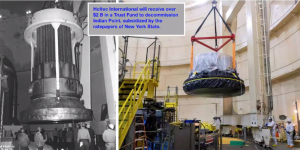
State Senator Peter Harckham, who sits on the Decommissioning Oversight Board (DOB) – whose members were appointed by the governor, told the nearly 300 webinar viewers that through the efforts of citizen advocacy, the DOB will be requesting a full time New York State employee onsite at the plant, a new air monitoring system, and for regular meetings to occur with federal officials. “And the DOB needs to hear from outside experts regarding health and safety,” said Harkham. The State Senator also noted that through public advocacy and forums hosted by the Hudson River Clearwater Sloop, his office, and the office of former Assemblywoman Sandy Galef, the Decommissioning Oversight Board was created – the first of its kind in the country.
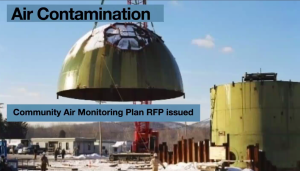
“[The decommissioning] is a medical issue. All these regulations won’t do any good until it’s looked at as a medical issue. You can monitor until the cows come home, but you can’t outrun cancer,” said Nobel Laureate Helen Caldicott, a pediatrician who has been advocating for rigorous medical standards to be included in testimony at hearings about where nuclear waste will go. Dr. Caldicott, who has been listed as one of the 20th century’s most influential women by the Smithsonian Institute, walked the viewers through just three elements that are produced when uranium atoms are split to create nuclear energy. She described what happens to the body when exposed to those elements as they are released into air and water.
“Think about how hard we work to save patients with cancers. Nuclear power plants are carcinogenic factories,” said Dr. Caldicott, speaking from her home in Australia. She repeatedly encouraged citizens and politicians such as Harckham to demand testimony from doctors who treat people with cancer to speak to the decision makers around nuclear power plants being decommissioned, saying there is no way to smell, see or taste the elements being released into the air and water.
“Physicists talk convincingly about ‘permissible doses’ of radiation. They consistently ignore internal emitters — radioactive elements from nuclear power plants that are ingested or inhaled into the body, giving very high doses to small volumes of cells. They focus instead on external radiation from sources outside the body. Doctors know that there is no such thing as a safe dose of radiation, and that harmful impacts are cumulative. Children are ten to twenty times more vulnerable to the deleterious effects of radiation than adults and little girls twice that of boys,” explained Dr. Caldicott. She also noted the nuclear industry is especially powerful because it’s aligned with the nuclear weapons industry.
Speaking from his 43 years of involvement with Three Mile Island Alert, the organization he founded, Eric Epstein told of the need for independent air monitoring as a plant is decommissioning – and how crucial it is to build trust with the people inside the plant. “There is value to having relationships. In our 43 years, the best information has come from the people working at the plant,” he said.
“Independent radiation monitoring requires quality equipment, regularly calibrated, and located at scientifically based locations. The data needs to be analyzed and tracked to provide a constant, reliable, and trusted source of information.” Having access to the site to recalibrate monitoring devices and routine maintenance is another item to request from the company in the decommissioning process, added Epstein.
Epstein strongly advised that hand-held monitoring units be made available to any schools in the immediate decommissioning area, and make sure they have real time readings. He spoke of the scientific aspect that is required and noted his group hired a statistician to process the tens of millions of data points that were coming in. The nearby Buchanan Verplanck Elementary School, located less than 4000 feet from Indian Point, lacks air, water and soil monitoring. Although a school air monitoring study has been under consideration, a Request for Proposal for an air monitoring program was only recently issued.
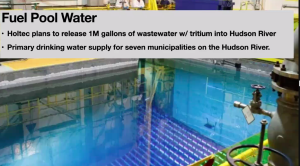
His group also worked with students at Dickinson College in Carlisle, PA where a historical archive was created at the college, documenting the last 43 years of activity around the 1979 accident of the failed reactor at Three Mile Island. The Unit 2 reactor at Pennsylvania plant had only been operating for three months when it experienced a partial meltdown.
In speaking about the need for emergency planning in the surrounding communities of a plant, Senator Harckham told of his experience as a college student at Dickinson in 1979, when the Three Mile Island accident occurred. He recalled being told to go home for a week, and that students would be notified when it was safe to return. There was no information shared about the danger of what was transpiring at the plant.
“With nuclear power, it never ends. We were in court last week. There is no plan for the waste,” Epstein said, referencing the difficulties that often happen when the companies operating the plants change hands.
“This is a successful, painful, technical journey and it matters to get commitments from people and commitments to fund,” said Epstein.
For Diane Turco, director of Cape Downwinders in Cape Cod, the crucial aspect for any watchdog group to understand is to never take Holtec, the company tasked with decommissioning Indian Point, at its word. Holtec is currently decommissioning the Pilgrim Nuclear Power Plant in Massachusetts. The company has repeatedly said they will discharge water from the spent fuel pools into Cape Cod Bay despite the EPA and the state DEC saying it is not permitted to do so.

“Every nuclear site is a nuclear waste dump,” said Turco, and there is a need to have proper security and emergency plans in place at the plants. Deconstruction and open air demolition activities are ongoing at the Indian Point site despite the absence of dust mitigation protocols and tenting of structures to contain airborne contaminants.
“They are running a big shell game with our lives and our communities,” she added. “They like to play word games. We asked them if they were dumping radioactive water into the Bay and they said no, they were discharging.”
Epstein expressed optimism at the fact that nearly 300 people were watching the forum, saying that amount of interest speaks to the organizational skills of the people in the Hudson River Valley. “Keep persisting,” he encouraged attendees.
As the 90 minute session was coming to a close, Dr. Caldicott reminded people that “every one of us can be the most powerful person if we want it,” and Epstein added that the work is a marathon, not a sprint.
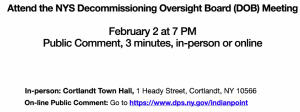
Tina Bongar, who was the local representative on the panel, talked about next steps, including attending in person or by Zoom the next meeting of the Decommission Oversight Board on Feb. 2 at 7 p.m. at the Cortlandt Town Hall.
The next session in the speaker series is Feb. 16 at 4 p.m. and will include presentations by Michel Lee on site contamination, Paul Blanch on “hot particles” aka Discreet Radioactive Particles (DRP), and Donna Gilmore on nuclear rod casks, cannisters, and storage issues.


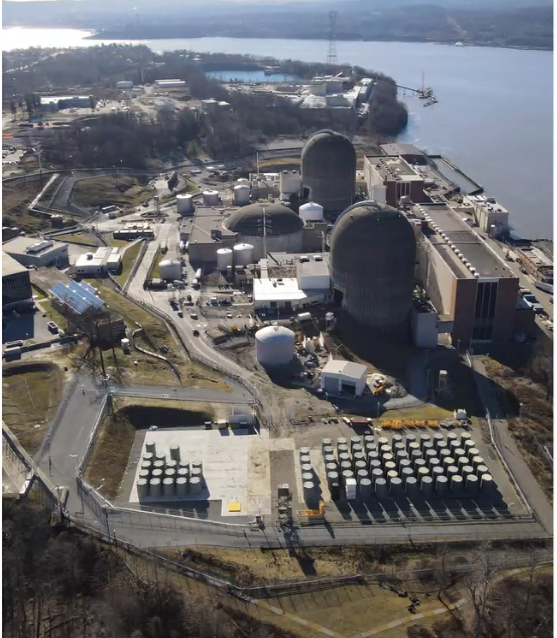
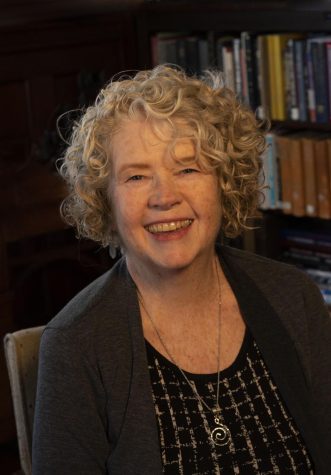





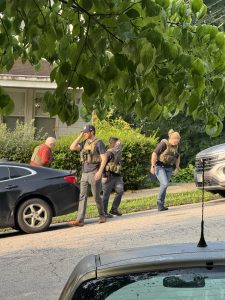

![The fireworks display over the Hudson River will be visible from Riverfront Green Park and the waterfront area. (Peekskill Herald)]](https://peekskillherald.com/wp-content/uploads/2025/07/Fireworks-e1751375539105-288x300.png)

